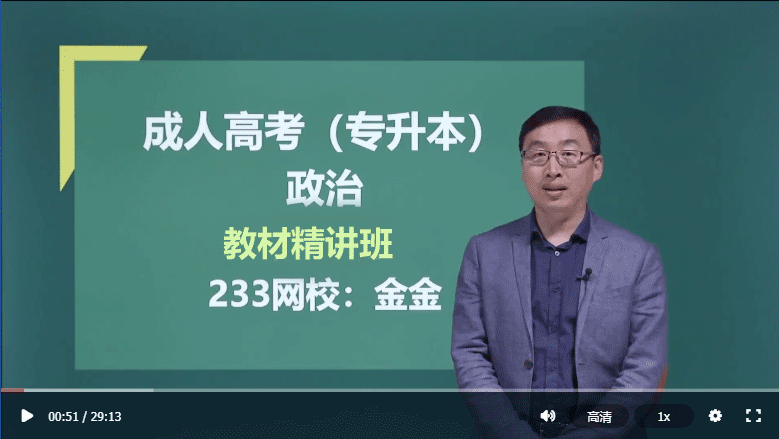四、阅读理解
阅读下列短文,然后根据短文的內容從每小题的四个选项中选出可填入相应空白处的最佳选择,并把它前面的大写字母填入左边括号里。
A
Grandma Moses is among the most famous twentieth-century painters of the United States, yet she had only just begun painting in her late seventies. As she once said of herself: I would never sit back in a rocking-chair, waiting for someone to help me.
She was born on a farm in New York State. At twelve she left home and was in a service until at twenty-seven, she married Thomas Moses, the tenant of hers. They farmed most of their lives. She had ten children, of whom five survived; her husband died in 1928.
Grandma Moses painted a little as a child and made embroidery pictures as a hobby, but only changed to oils in old age because her hands had become too stiff to sew and she wanted to keep busy and pass the time. Her pictures were first sold at an exhibition, and were soon noticed by a businessman who bought everything she painted. Three of the pictures were shown in the Museum of Modern Art, and in 1940 she had her first exhibition in New York. Between the 1930;s and her death she produced some 2,000 pictures: careful and lively pictures of the country life she had known, with a wonderful sense of color and form.
( )51. Which of the following would be the best title for the passage?
A. Grandma Moses
B. The Children of Grandma Moses
C. Grandma Moses: Her Best Pictures
D. Grandma Moses and Her First Exhibition
答案:A
( )52. From Grandma Moses; s words of herself in the first paragraph, it can be inferred that she was _______.
A. independent B. pretty C. rich D. alone
答案:A
( )53. Grandma Moses began to paint because she wanted to _______.
A. make her home beautiful B. keep active
C. improve her salary D. gain an international fame
答案:B
( )54. Grandma Moses spent most of their life ________.
A. nursing B. painting C. farming D. embroidering
答案:C
B
In the fall of 1924 Thomas Wolfe, fresh from his courses in play writing at Harvard joined the eight or ten of us who were teaching English composition in New York University. I had never before seen a man so tall as he, and so ugly. I pitied him and went out of my way to help him with his work and make him feel at home.
His students soon let me know that he had no need of my protectiveness. They spoke of his ability to explain a poem in such a manner as to have them shouting with laughter or struggling to keep back their tears, of his readiness to quote in detail from any poet they could name.
Indeed, his students made so much of his power of observation that I decided to make a little test and see for myself. My chance came one morning when the students were slowly gathering for nine o;clock classes.
Upon arriving at the university that day, I found Wolfe alone in the large room which served all the English composition teachers as an office. He did not say anything when I asked him to come with me out into the hall, and he only smiled when we reached a classroom door and I told him to enter alone and look around.
He stepped in, remained no more than thirty seconds and then came out. Tell me what you see. I said as I took his place in the room, leaving him in the hall with his back to the door. Without the least hesitation and without a single error, he gave the number of seats in the room, pointed out those which were taken by boys and those occupied by girls, named the colors each student was wearing, pointed out the Latin verb written on the blackboard, spoke of the chalk marks which the cleaner had failed to wash from the floor, and pictured in detail the view of Washington Square from the window.
As I rejoined Wolfe, I was speechless with surprise. He, on the contrary, was wholly calm as he said, The worst thing about it is that I;ll remember it all.
( )55. What is the passage mainly discussing?
A. Thomas Wolfe;s teaching work.
B. Thomas Wolfe;s course in playwriting.
C. Thomas Wolfe;s ability of explaining.
D. Thomas Wolfe;s genius.
答案:D
( )56. Which of the following is NOT said in the passage?
A. Wolfe;s students praised Wolfe’s power of observation.
B. The author made an experiment on Wolfe;s ability.
C. Wolfe;s students asked the author to have a test of their ability.
D. Wolfe did not feel angry when he was tested.
答案:C
( )57. What do we learn about Wolfe from the passage?
A. He tried hard to remember what was in the classroom.
B. He stayed in the classroom for a short time.
C. He stayed drew a picture of Washington Square.
D. He followed the author into the classroom.
答案:B
( )58. What can be inferred from the passage?
A. The author was happy to see the test result.
B. What the students said was hardly true.
C. Wolfe would remember forever what the author had done.
D. Wolfe felt joyful after he had been tested.
答案:C
热点推荐>>

